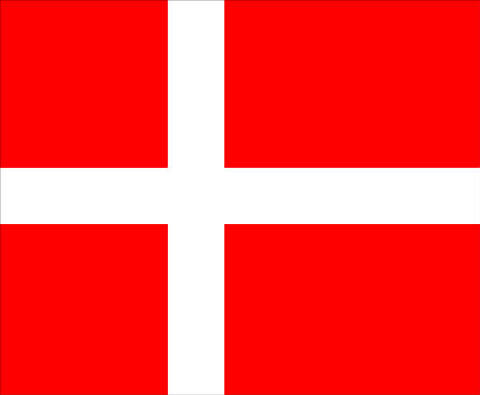Climate summit has two drafts but many views
 Copenhagen, Dec 11 : The much-awaited Dec 7-18 climate summit Friday prepared two sets of draft agreements on how to save the world from global warming, but they were no more than bare-bones frameworks, and the devil may lie in the details.
Copenhagen, Dec 11 : The much-awaited Dec 7-18 climate summit Friday prepared two sets of draft agreements on how to save the world from global warming, but they were no more than bare-bones frameworks, and the devil may lie in the details.
Michael Zammit Cutajar, chair of the Ad-hoc Working Group on Long-Term Cooperative Action (LCA), and John Ashe, chair of the group on the Kyoto Protocol, circulated their drafts among representatives of the 192 governments gathered here, leading to a flurry of activity at the convention centre.
The delegates have a day to respond to the drafts. Denmark's Environment Minister Connie Hedegaard will brief her colleagues gathering from the around the world this weekend on progress made over this.
India's Environment Minister Jairam Ramesh arrived at the summit Friday and immediately started a series of bilateral meetings with representatives of the US, the Group of 77 countries, the group of African countries, and so on.
The immediate reaction of delegates, including those from the Indian government, was that the drafts left far too many things unsaid - such as the extent to which rich countries will cut emissions of greenhouse gases (GHG) that are warming the atmosphere, or how much they will pay poor countries to deal with climate change effects.
The documents came within hours of the Alliance of Small Island States tabled a fresh proposal for a global treaty to fight climate change that is drowning their countries.
The LCA draft, in fact, was less ambitious than what the G20 had said in Italy last summer, that global warming should be kept within two degrees celsius. This draft proposed 2.7 degrees. It also offered several possible targets developed countries could use for cutting their GHG emissions by 2020 - with a minimum of 25 percent from 1990 levels.
The draft asks emerging economies like China and India to reduce their GHG emissions by 15-30 percent by 2020, compared to the business as usual scenario.
Negotiators here expect all countries to have problems with one part of the LCA draft or another. In contrast, the Kyoto Protocol draft said hardly anything, since rich countries have not yet indicated if they are willing to continue within the protocol after 2012.
Kim Carstensen, leader of the WWF Global Climate Initiative, said the LCA draft "text provides a basis to make the right political decisions. It contains many gaps, exposes rifts but also clearly shows that an agreement is possible.
"The gaps are now visible and need to be filled by political will and concrete financial commitments. We still don't know how much money there will be and where it will come from. Countries need to fill these gaps as soon as possible, select the most ambitious options proposed in the text and give them a binding nature."
Carstensen said: "Copenhagen can only come to an agreement if negotiations are fair, open and transparent. While we understand that a large number of parties were not happy with the way this text has been proposed. We believe it is important that the text is now there and that its content has the potential to unlock the stalled talks."
International NGO Greenpeace said the LCA draft provided an opportunity for a "fair, ambitious and legally binding deal next week with strong targets and long term finance.
"Ministers arriving in the coming days must agree that they use this as the basis for a strong deal for the climate that Heads of State must sign by the end of next week," said Martin Kaiser, Greenpeace International's climate policy adviser.
"However, it is imperative that they strengthen it considerably and fill in the gaps, so that it produces the legally binding deal that averts climate chaos." (IANS)